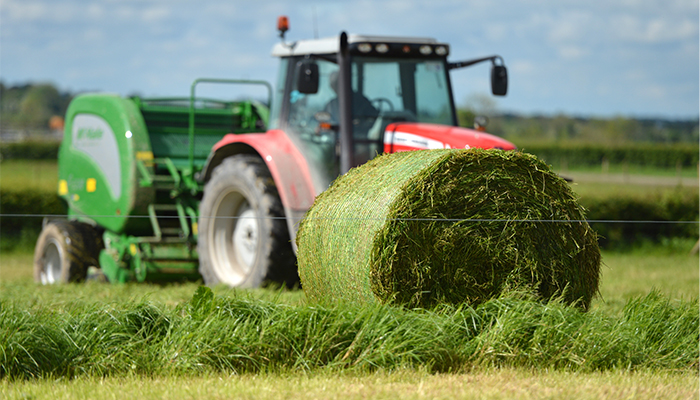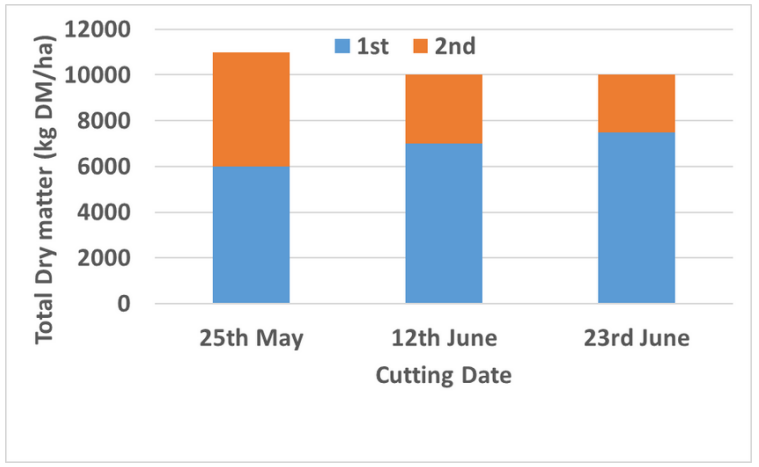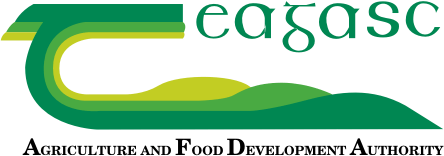26 April 2024
Should I bulk up silage in the first cut?

After a long winter that exhausted silage stocks on many farms, the temptation is to ‘bulk up’ the first cut of silage. However, this may prove to be a false economy.
Teagasc research shows that you are better to take two cuts, starting early to get higher total yield and better quality. Where a two-cut system, starting with the first cut in mid-to-late May, is operated, an extra 1t/ha of dry matter is produced – the equivalent of 4.5 bales/ha of silage – over and above a system where the first cut is taken on June 12.
The quality of the silage will also be far superior when cut earlier. As we move from mid-May through to mid-June, the grass plant enters its reproductive phase and throws up stem and seed heads. Although you are getting additional bulk in your first cut, you are bringing in a lot of poor-quality material, which offers very little nutritional value to the animal.
Silage cut in early June will struggle to be 65DMD, with this worsening if the sward was not grazed before closing. Where silage swards have not been grazed prior to closing – a common occurrence on farms this year – a mid-May cutting date should be prioritised.
More options
A two-cut system starting in May also offers more options. If we experience drought conditions, you have silage cut in mid-May and grass growing back. If harvest is left until June, you may have no grazing available and grass burning back. Cutting earlier also ensures we are getting May growth into our second-cut silage crops, which will be key in replenishing fodder reserves on farm this year.
Figure 1: Total dry matter per year based on dates of silage harvest

Along with targeting an earlier cutting date, completing a fodder budget is also important – both after first cut completion and throughout the year. PastureBase Ireland has an excellent tool to help inform farmers of their requirements for silage for the coming winter.
This article was adapted from the 6 tips to deal with current conditions document prepared by Martina Harrington, Manager of the Teagasc Future Beef Programme. Access a PDF of the document here.
